May 17, 2025 | 10:28 GMT +7
May 17, 2025 | 10:28 GMT +7
Hotline: 0913.378.918
May 17, 2025 | 10:28 GMT +7
Hotline: 0913.378.918
Strategic planning in both active and passive approaches is necessary for such endeavors. The latter is most effectively demonstrated by the preservation of the Earth's self-sustaining biological carbon reservoirs or by the reduction of current emissions through the recovery of carbon that has been lost since the post-industrial era. Key coastal "blue carbon" ecosystems, including salt marshes, mangroves, and seagrass, are garnering a growing amount of public attention among these carbon reservoirs.
Approximately half of the total carbon contained in the ocean is safely buried in sediments and biomass within blue carbon habitats, which occupy less than 2% of the ocean's area, according to scientists. Consequently, these systems are not only manageable and valuable, but also obviously fragile and vulnerable.
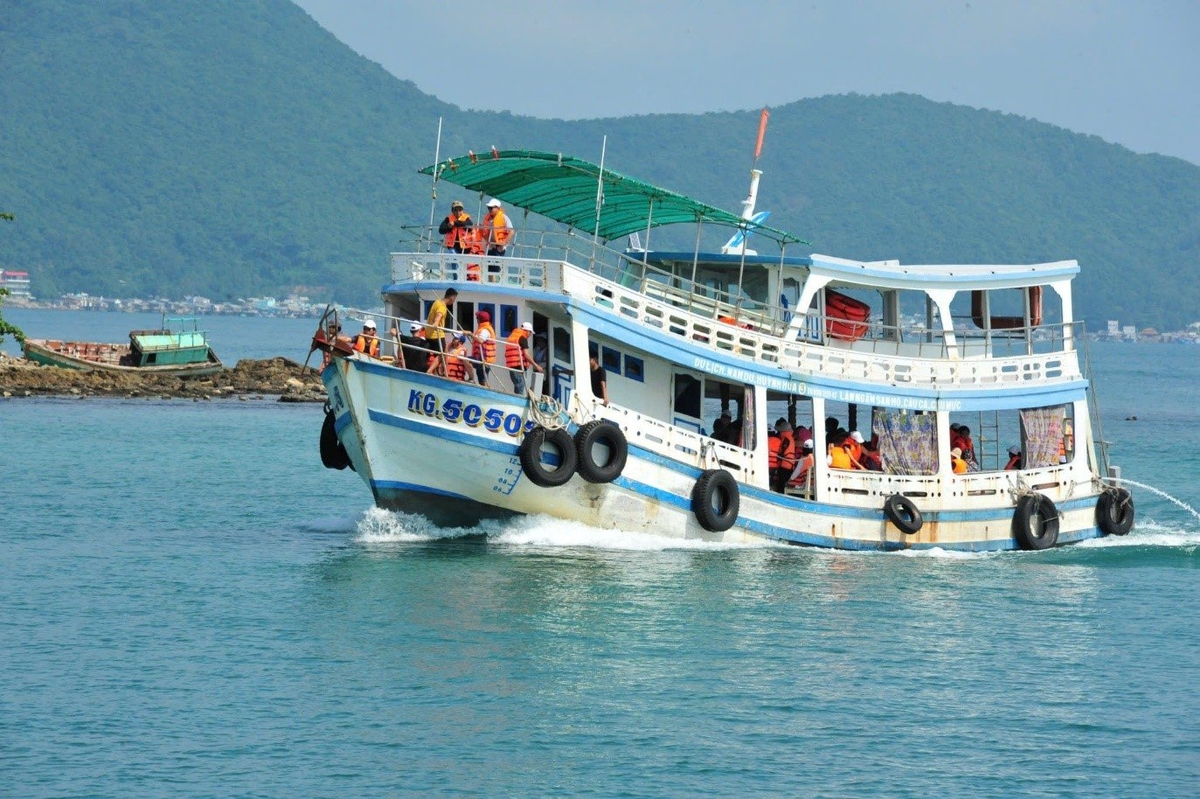
'Blue carbon' in the global ocean tends to spread in estuaries, where the two areas with the greatest potential and coverage are in the tropics. Photo: VAN.
It is estimated that the direct loss of ecosystem services, in addition to the environmental and economic damage to society, will result in a global loss of "blue carbon" storage ranging from 6 to 42 billion USD annually.
The assessment in Southeast Asia has been conducted for the first time by scientists, who have integrated national-scale tropical seagrass organic carbon with national mangrove carbon data. Estuaries are the primary locations for the global distribution of "blue carbon" across the oceans.
The Pacific Southeast Asia region and the expanded Caribbean Sea (including the Gulf of Mexico) are the two regions in tropical regions with the greatest potential and capacity for carbon storage. Other tropical continents, such as South America, Africa, and the Indian subcontinent, typically have extensive open oceans adjacent to tropical estuaries.
The boundaries of Southeast Asia, notably in mangrove forests and seagrass meadows, are the only locations where tropical blue carbon storage is denser, more extensive, or under greater human pressure. Nevertheless, the socio-ecological connections that facilitate changes throughout the entire regional ecosystem are not entirely accounted for by the traditional geographic boundaries of Southeast Asia.
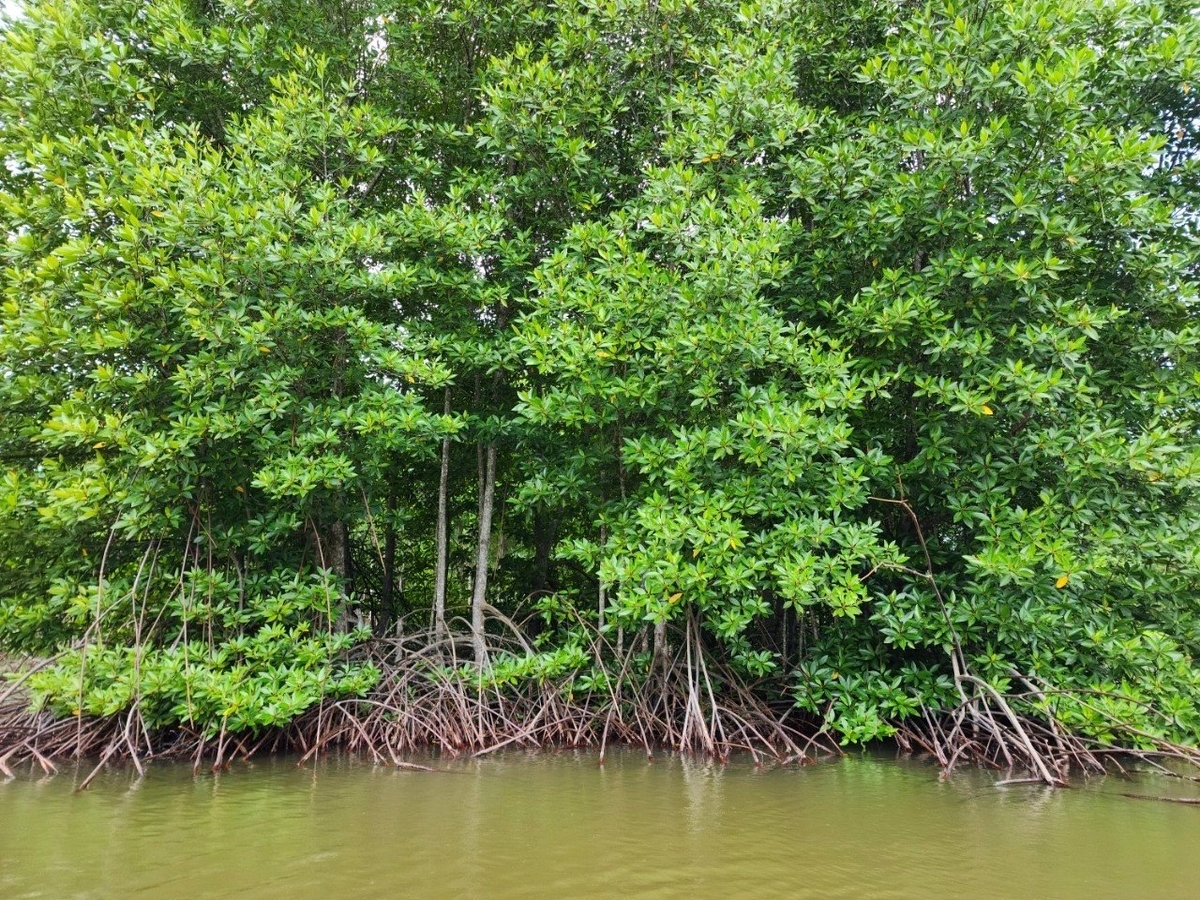
Marine environment and mangrove forests are of concern to Southeast Asian countries for protection. Photo: VAN.
The assessment of blue carbon coastlines in various regions is predicated on socio-economic variables, as well as overlapping and shared climate, geological, and oceanographic dynamics. The definition of Southeast Asia has been the subject of discussion among the participating nations for this blue carbon storage assessment. The northwestern coastline of tropical Australia has been incorporated into this study as a result of its proximity to Indonesia and the shared influence of the Indonesian Throughflow.
The circulation of the Pacific Equatorial Current, which flows around the islands of the Southeast Asian archipelago before exiting through straits just north of Australia, affects much of the surface water in the Sunda Shelf, while this throughflow redistributes heat, salt, nutrients, and gases.
Major sediment inputs from large river basins in the highlands of mainland Asia, which overlap with sediment discharge from the central island regions of Borneo, Indonesia, the Philippines, New Guinea, and the Malay Peninsula, reinforce additional inflows. In conclusion, the shared development objectives of the nations involved, including Australia, have a significant impact on the majority of this coastal region.
ASEAN prioritizes regional administration, which encompasses environmental concerns and policy frameworks. By absorbing and storing substantial quantities of carbon dioxide, blue carbon ecosystems, such as salt marshes, seagrass meadows, and mangroves, are essential for climate regulation.
In contrast to terrestrial forests, which store carbon in biomass that can be released relatively swiftly through decomposition or deforestation, blue carbon ecosystems bury carbon in sediments, where it remains sequestered for centuries or even millennia. Their degradation not only results in the release of sequestered carbon but also diminishes their capacity to serve as carbon sinks.
Beyond carbon sequestration, these ecosystems provide essential benefits to local communities. They support fisheries by serving as breeding and nursery grounds for numerous marine species, protect coastal areas from storm surges and erosion, and sustain the livelihoods of millions of people who rely on fishing and ecotourism. Additionally, mangroves and seagrass beds improve water quality by filtering pollutants and trapping sediments, which helps maintain the health of coral reefs and other marine habitats.
The governance of blue carbon ecosystems is fragmented across various jurisdictions and policy frameworks, despite the existence of regional initiatives. In certain countries, the enforcement of conservation laws is hindered by the presence of competing economic interests, while others lack clear regulations for the preservation of seagrass meadows and mangroves. Integrating blue carbon conservation into national climate policies, strengthening legal frameworks, and fostering community engagement are critical measures that must be taken to ensure effective long-term protection.
Translated by Linh Linh
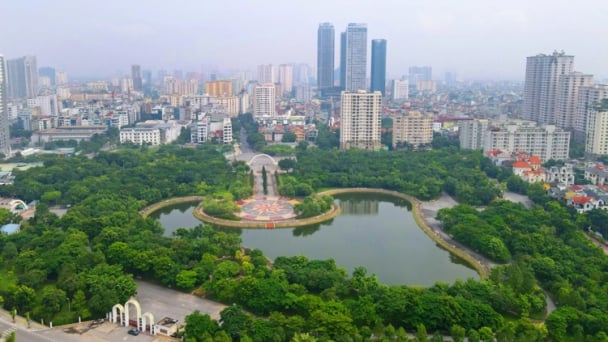
(VAN) Hanoi People's Committee has issued a plan on reducing greenhouse gas emissions in the waste management sector with 2030 vision.
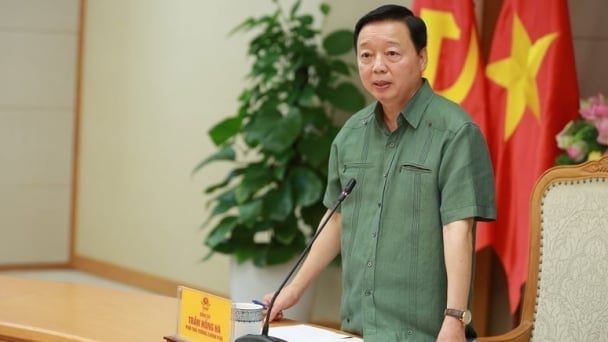
(VAN) Vietnam's draft amendment to Decree No. 156 proposes a mechanism for medicinal herb farming under forest canopies, linking economic development to population retention and the sustainable protection and development of forests.
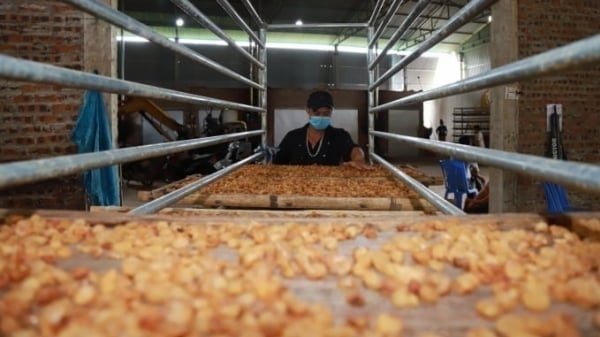
(VAN) In reality, many craft village models combined with tourism in Son La have proven effective, bringing significant economic benefits to rural communities.

(VAN) The international conference titled Carbon Market: International experiences and recommendations for Vietnam was successfully held recently in Ho Chi Minh City.
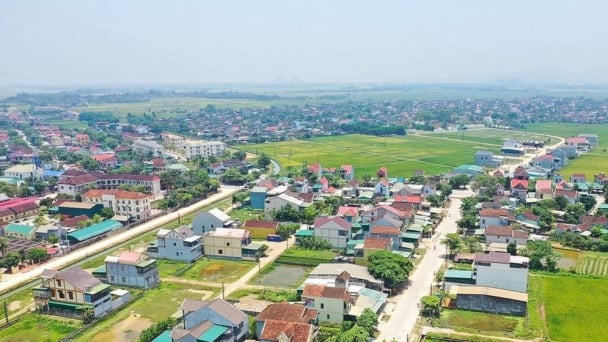
(VAN) According to the Project on rearranging provincial and communal administrative units, in 2025, the country will have 34 provinces/cities, 3,321 communes, wards, and special zones, and no district-level organization.
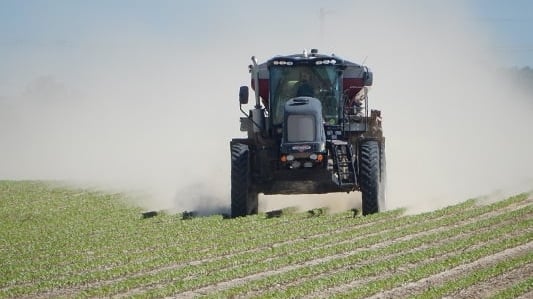
(VAN) The vice president of fertilizer with Stone X Group says the Trump administration’s tariffs are impacting fertilizer markets.
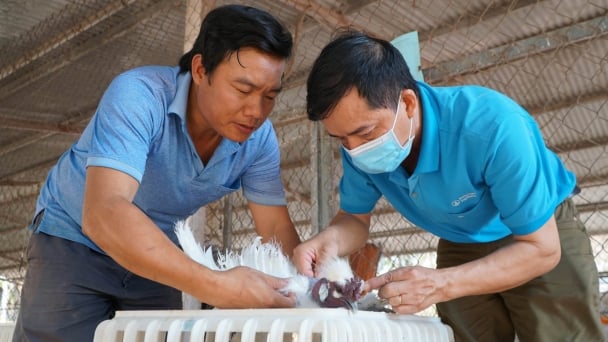
(VAN) Resolution 57 offers Vietnam a significant opportunity to narrow the global genetic technology disparity and convert its extensive genetic resources into commercial advantages.